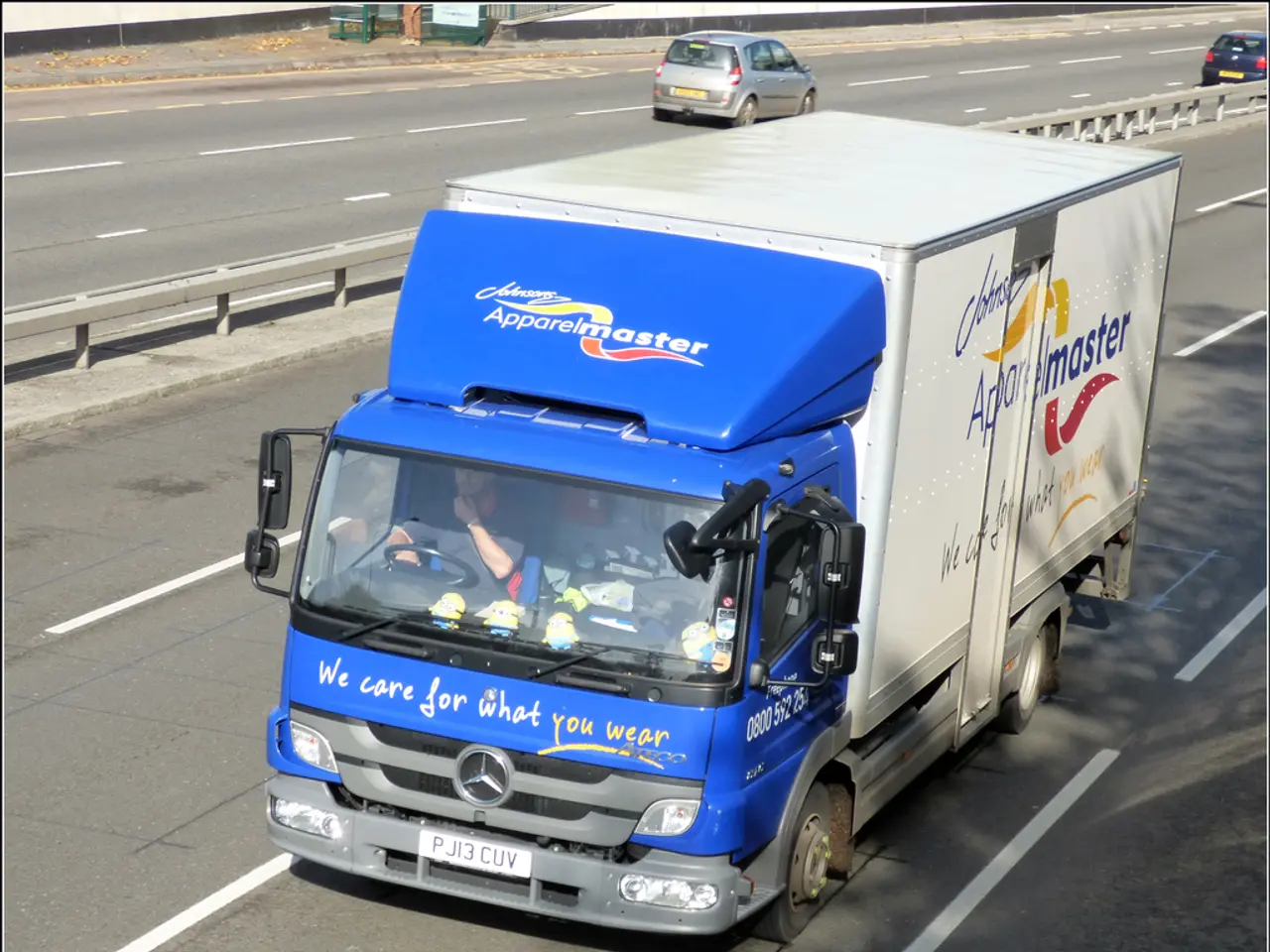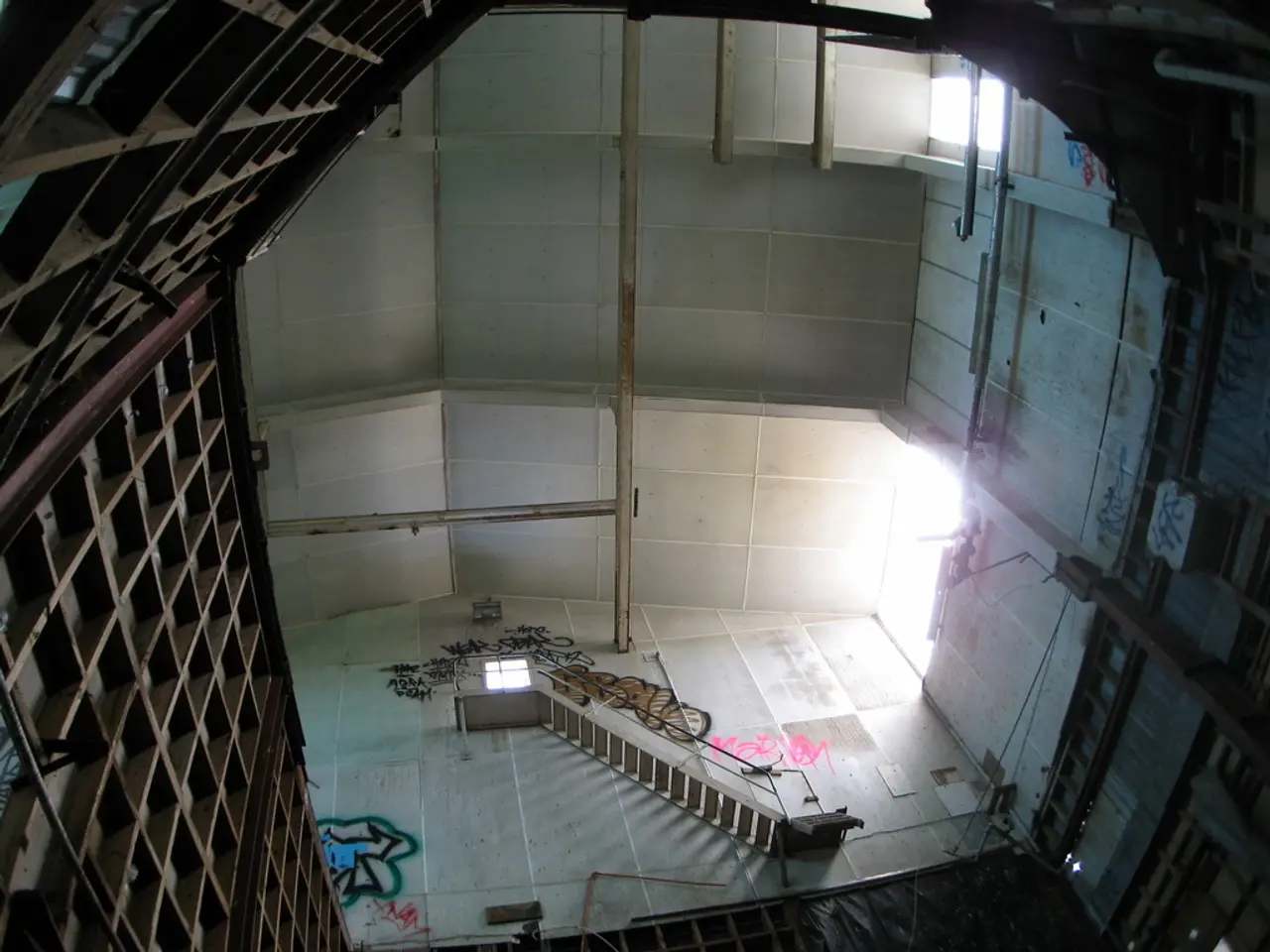The Serious Lack of Truck Parking Spots on German Highways: Ace Survey Reveals Overcrowded Rest Areas
Truck Parking Spaces Face 'Severe Lack': Statement by Car Club - Commission tasked with drafting a directive to safeguard workers from dangers due to ionising radiation exposure.
In a recent survey by the Auto Club Europa (ACE), it was revealed that truck parking spaces on German highways are severely lacking. The nationwide study, conducted by ACE volunteers, discovered that these parking areas are significantly overcrowded, with an average occupancy rate of 151% between April and June.
In-depth Analysis:
For the survey, ACE volunteers assessed 132 highway rest areas between April 15 and June 3, inspecting each location once. The parking spaces were examined on weekdays after 20:30. Despite finding 5,088 parking spaces, 7,664 parked trucks were counted. Dismayingly, at 76% of the inspected rest areas, trucks were parked in entrance and exit lanes or on the hard shoulder. In some cases, car parking spaces were even occupied. However, free parking spaces were found at 16% of the inspected rest areas.
Close Calls:
The rest area with the highest occupancy was Brönninghausen near Bielefeld, boasting an occupancy rate of a staggering 438%. Instead of the usual eight spaces, a whopping 35 trucks were illegally parked there. The situation on heavily traveled east-west transit axes, such as the A3 in Bavaria, the A5 between Frankfurt and Karlsruhe, and in the metropolitan areas of Berlin and Frankfurt am Main, is particularly dire.
ACE’s Warnings:
Since the observations were always snapshots, individual observations should not be overinterpreted, stated an ACE spokesperson. Still, viewing the entirety of Germany, a clear picture emerges: "Today, truck drivers often have to park in unsuitable places," added ACE chairman Sven-Peter Rudolph. This considerably impairs the essential rest time of drivers and simultaneously poses a serious threat to the safety of car drivers.
Tackling the Problem:
ACE demands the creation of tens of thousands of additional truck parking spaces nationwide - through better space utilization at existing rest areas and parking spaces, as well as the construction of new ones. Particularly dangerous areas used as emergency parking should be closed off. The currently tested system for displaying available parking spaces should also be expanded.
Bringing Order to the Chaos:
Germany is taking multiple actions to address the severe shortage of truck parking spaces on its highways. The German federal government is deploying telematics-based parking management systems to optimize the use of existing truck parking areas. For example, the Hunsrück West rest area on the A61 motorway uses a telematics parking system that increased capacity from 50 to 78 spaces without any physical construction, by enabling intelligent compact parking[1][2]. The government plans to expand this telematics system to around 50 additional rest areas by 2030, supported by investments of approximately €900,000 per installation.
Additionally, the German Federal Ministry of Transport and Digital Infrastructure (BMVI) has committed to significantly increasing the overall number of truck parking spaces. It plans to invest €400 million over the next four years, averaging €100 million annually, to create new truck parking areas across the country[4]. Despite these efforts, expert estimates indicate a structural shortfall of over 20,000 parking spaces as of 2023, with the shortage expected to grow unless expansion and smart usage measures are significantly scaled up[1][4].
Enhancing Driver Facilities:
ACE also urges improvements in parking site infrastructure, recommending enhanced toilet facilities and rest zones to better meet drivers’ needs[2]. Moreover, ACE proposes developing a digital information system accessible via an app to provide real-time updates on parking availability. This would help drivers plan their journeys and rest breaks more effectively, potentially reducing unsafe or unauthorized parking[2].
This crisis requires immediate attention and extensive action to ensure the safety of both truck drivers and car drivers on German highways. The government's proposed solutions through telematics, infrastructure expansion, and smart usage are promising but must be implemented on a larger scale to fully meet the growing demand and address the estimated structural shortfall in parking spaces.
- As a solution to the current parking crisis, ACE encourages investing in vocational training programs to produce more skilled workers who can build additional truck parking spots nationwide, improving the overall infrastructure on German highways.
- In the effort to optimize the use of existing truck parking spaces, financial support should be allocated to implement advanced transportation solutions, such as telematics-based parking management systems, which can increase capacity by enabling intelligent compact parking, thus alleviating the strain on industries like automotive and improving the working conditions for truck drivers.




